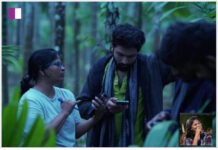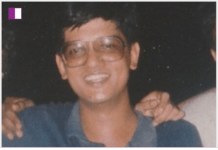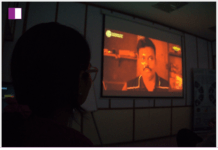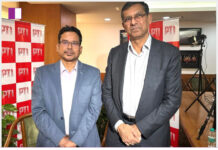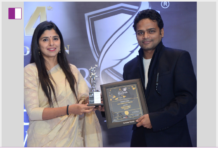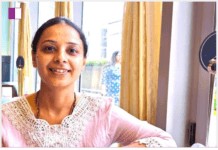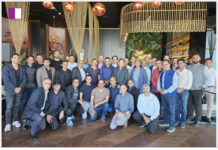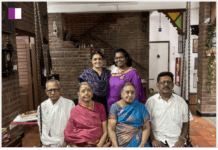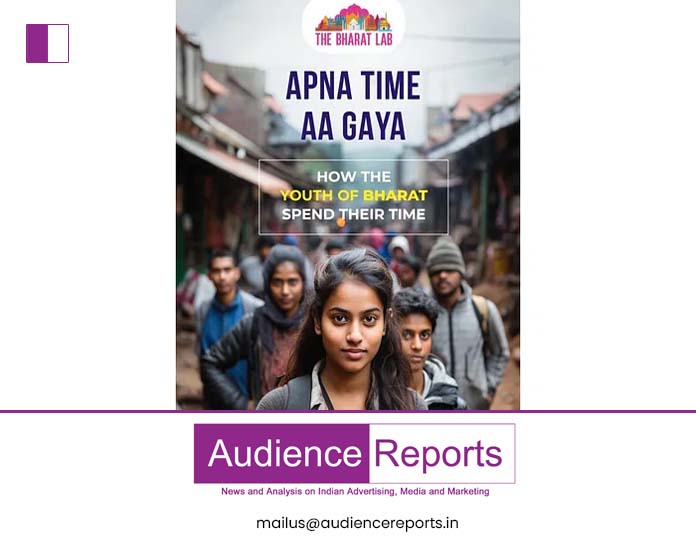The Rediffusion report titled ‘Apna Time Aa Gaya’ reveals how the youth in Bharat kill their time versus how they fill their time.
The Bharat Lab – a think tank launched by Rediffusion and the University of Lucknow to track consumer insights from India’s Tier 2 and 3 markets and hinterland villages – has released a report titled ’Apna Time Aa Gaya’ a study on how the youth in Bharat kill their time versus how they fill their time. This report is the result of research on media consumption habits conducted amongst 1100 college-going students in the towns and villages of Bharat during August ‘23.
How does the Youth in Bharat Kill Time?
Socializing: Only 18% of the youth spend above four hours socializing with friends and extended family, across weekdays as well as weekends.
Entertainment Platforms:
- Radio: A good 87% of the sample population does not access the radio for entertainment or news.
- Television: Just 24% of the population prefers watching television in their leisure time, while others would rather kill time on social and other online media.
- Social Media:
- While 56% of the sample population consume social media for entertainment, close to 70% prefer YouTube and WhatsApp over other platforms.
- 70% of the youth in Bharat never or rarely use Facebook.
- YouTube emerges as the winner in rural areas as well, as 50% of the youth in villages report consuming YouTube regularly for entertainment, over and above all other platforms.
Types of Content:
- Roughly 60% of the youth prefer movies, web series and music content over other types of content.
- 22% watch soaps on television fairly regularly.
How does the Youth in Bharat Fill Time?
Education: Since the sample population is between the ages of 16-25, 43% spend 4-8 hours in undergraduate or post-graduate college or tuitions.
Household Chores: 76% of the youth spend only up to two hours doing household chores and helping around the house.
Sports: Only 15% of women and 35% of men choose physical sports over other activities in their leisure time.
Entertainment Platforms:
· Social Media: When it comes to accessing the news, educational content and current affairs, YouTube is again the platform of choice.
· Television: Only 16% watch television for news and current affairs.
· Reading: About 23% read newspapers and magazines.
· News Sites & Apps: 60% of the population consume the news on publication websites and phone apps.
Types of Content:
· Only 32% of the respondents watch sports regularly, on TV or on online streaming platforms.
· Similarly, 34% of the youth prefer watching news in their free time.
· A good 53% consume educational content, mostly on academic portals online or on YouTube.
Factors Influencing how the Youth Spend their Time
- Access to Internet: While availability of regular electricity supply is not voiced as an issue in Bharat, and individuals have access to multiple electronic devices (phones / tablets / laptops) at home, issues with internet connectivity/bandwidth/download speed restrict the youth from accessing online news, information and entertainment in their leisure time.
- Sports Infrastructure: The surprisingly low interest in sports does not have much to do with infrastructure, as most of the youth report that the sports infrastructure in the region is sufficient and good enough.
- Personal Preferences: Perhaps the most interesting pattern to emerge from the research is a trend towards individualism in Bharat. 64% of the youth value their own personal choices and preferences in how they spend their time over the influence of peers or family.
- Cultural Norms & Traditions: In similar vein, close to 60% of the youth feel that cultural norms do not influence how they spend their time.
- Gender: Men and women have a fairly similar set of preferences across leisure time activities and media consumption habits. In a day, both men and women spend roughly the same amount of time doing household chores, pursuing their education / career, and socializing (both online and offline).
On the insights derived from the report, Prof. Alok Kumar Rai, vice chancellor, University of Lucknow, said, “This study on the youth in Bharat opens up newer avenues for understanding how they spend their time and what media they consume. It will empower corporate decision makers to better understand younger customers design their products and more efficiently plan what media to invest in.”
Dr Sandeep Goyal, chairman of Rediffusion said: “The primacy of YouTube and WhatsApp shows their ubiquity in usage. The declining interest in active sports is a downer.”
Adds Divyanshu Bhadoria, chief strategy officer at Rediffusion, “This is our first report. We are using it as a base study for a more thorough understanding of youth in Bharat.”
“Our research findings on the youth in Bharat are indicative of changing preferences and opportunities for men and women. We have managed to capture a very progressive Bharat, that is reflected in the report,” Prof. Sangeeta Sahu, Head, Department of Business Administration, University of Lucknow concluded.

